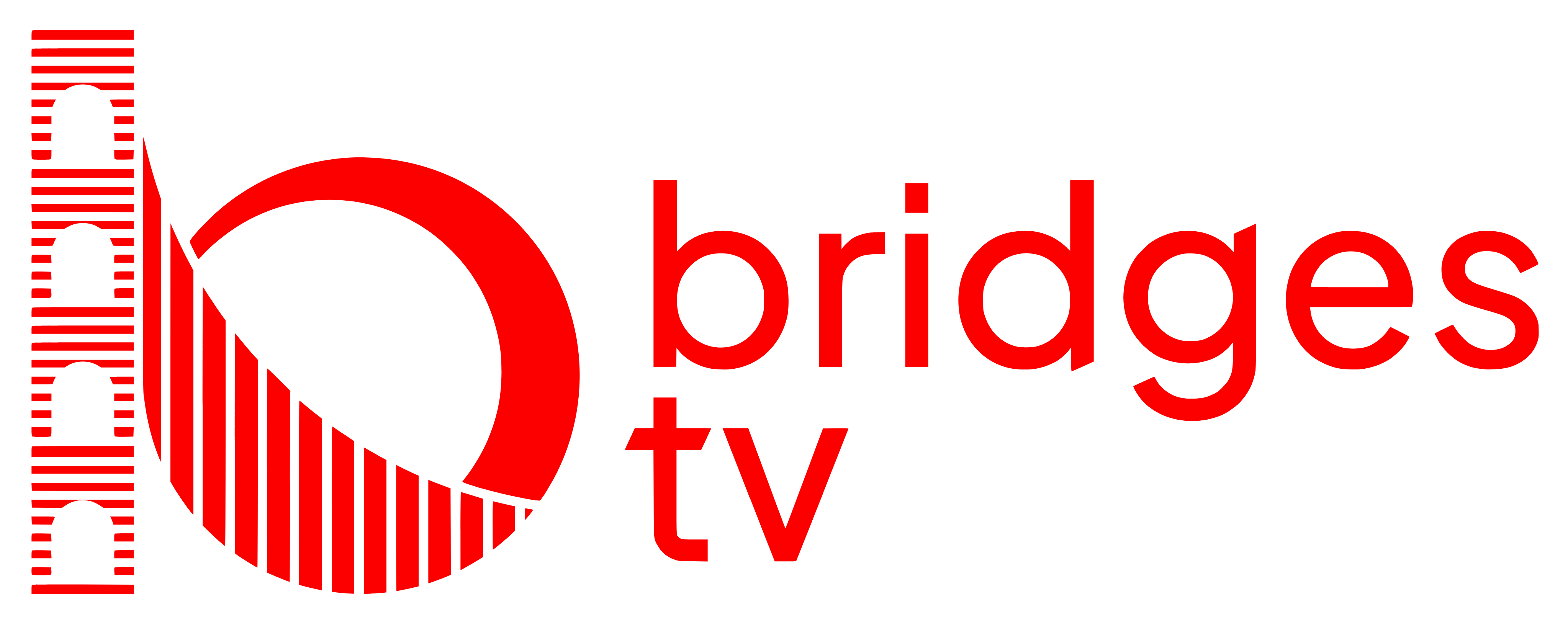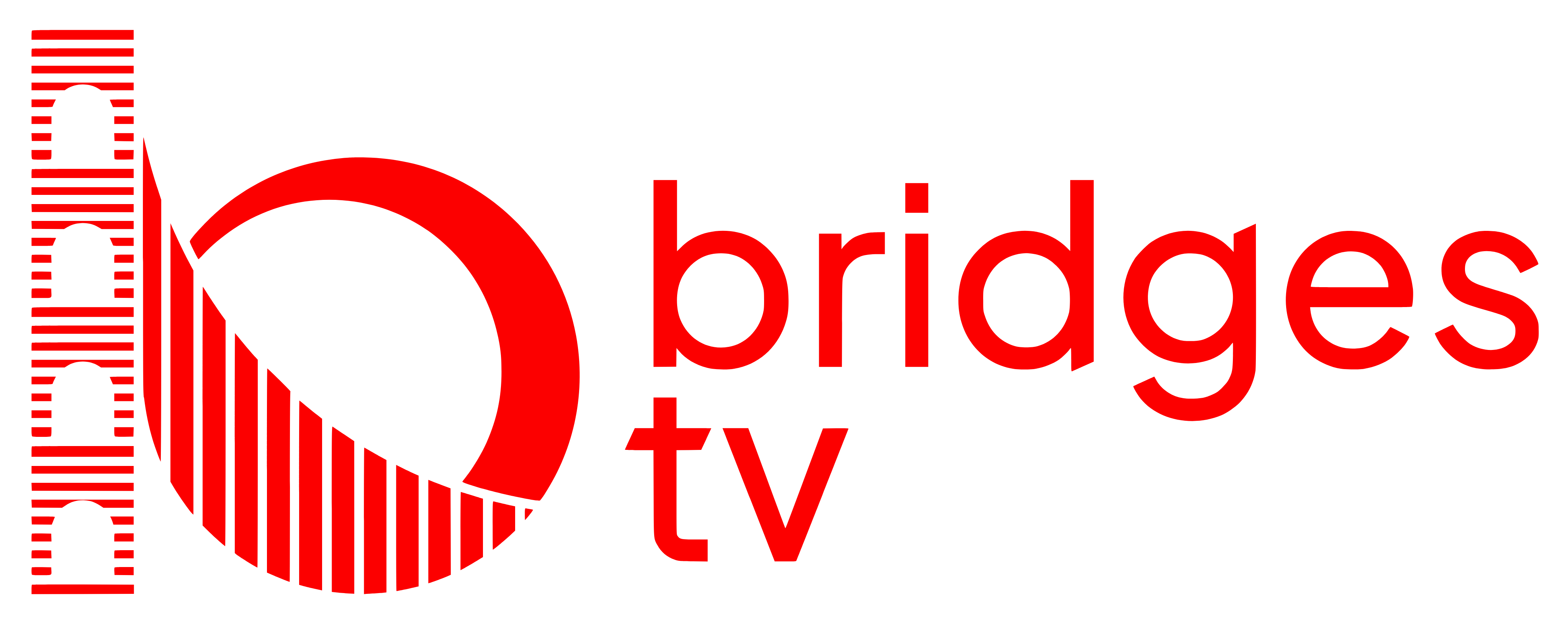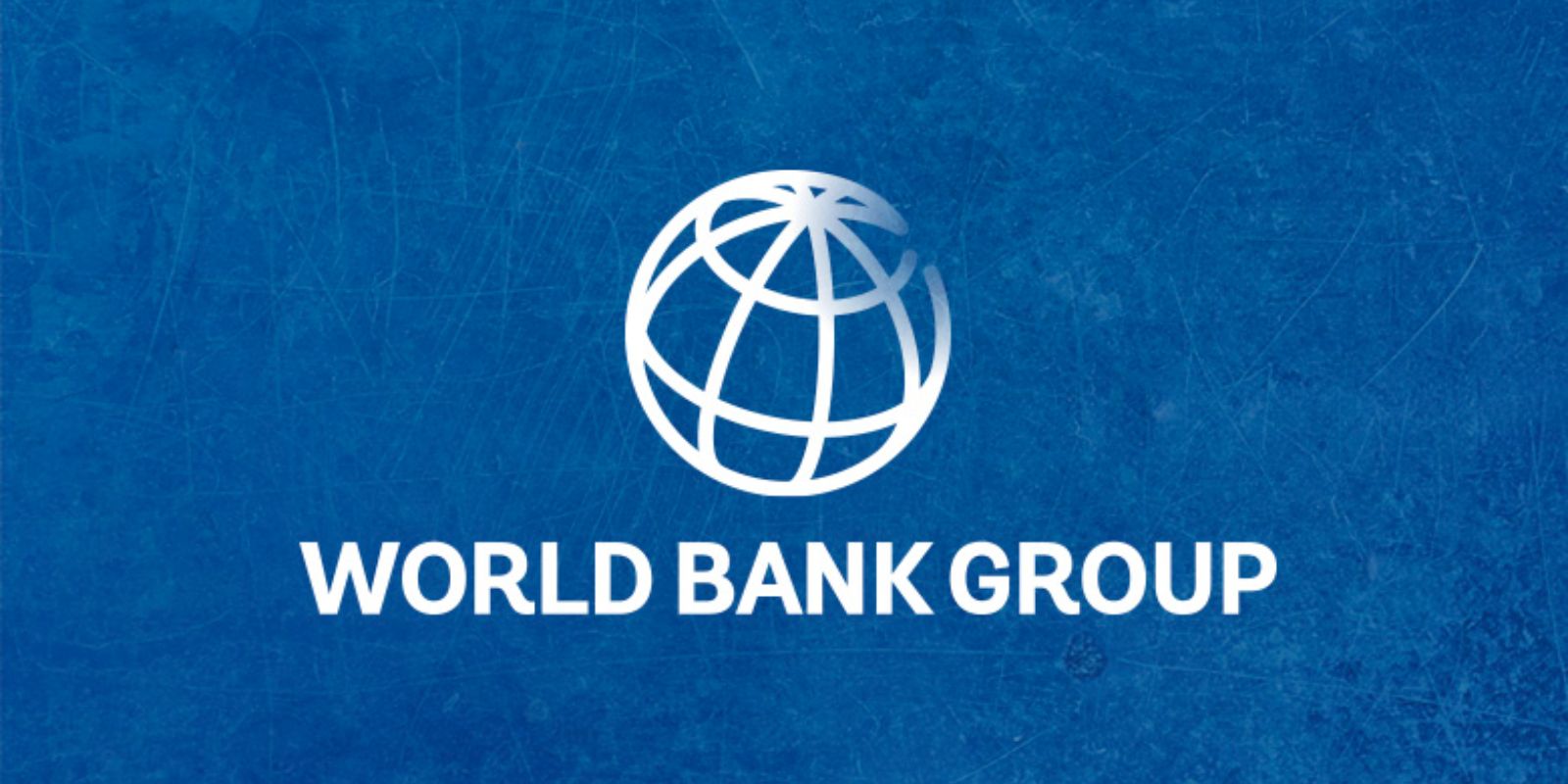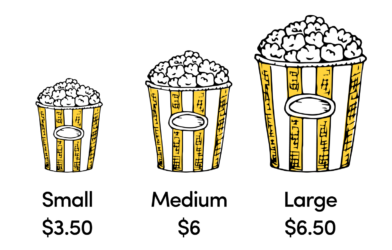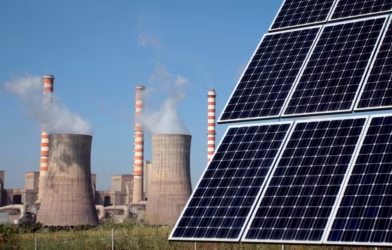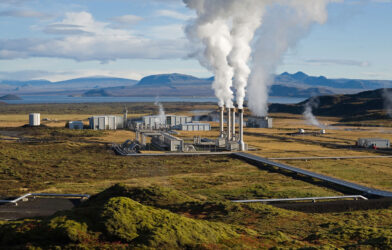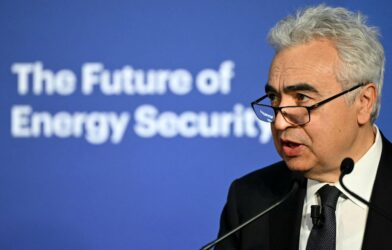The name “World Bank” often causes confusion. Many people assume it is some kind of central bank for central banks, similar to how the International Monetary Fund (IMF) is sometimes portrayed as the lender of last resort for governments. In reality, the World Bank is not a bank of banks at all. It is a development institution whose primary mission is to reduce poverty and support sustainable growth in low and middle income countries.
A Development Institution, not a Traditional Bank
The World Bank was founded in 1944 at the Bretton Woods Conference, alongside the IMF, with the goal of helping countries rebuild after World War II. Unlike commercial banks, it does not take deposits from the public or provide retail services. Instead, it raises funds by issuing bonds on international capital markets. With its high credit rating, the World Bank can borrow at favorable rates and then lend it to countries that would otherwise struggle to access affordable financing.
The World Bank Group
When people say, “the World Bank,” they are usually referring to the World Bank Group, which is a family of five institutions. The two most important are:
- The International Bank for Reconstruction and Development (IBRD): lends to middle-income countries and creditworthy low-income countries.
- The International Development Association (IDA): provides interest-free loans and grants to the poorest countries.
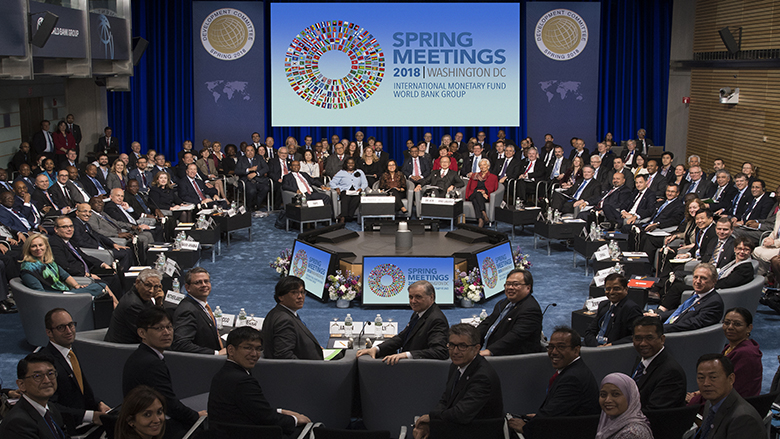
Together, these two arms form what most people think of as “the World Bank.” The other three institutions focus on promoting private sector investment (IFC), guaranteeing loans against political risk (MIGA), and resolving disputes in international investment (ICSID).
How It Works in Practice
The World Bank finances projects that aim to improve infrastructure, education, healthcare, agriculture, and governance. Examples include building roads in Sub-Saharan Africa, expanding access to clean water in South Asia, or funding climate-resilience programs in small island states. Beyond money, the World Bank also provides technical expertise, policy advice, and data that countries can use to design reforms.
How It Differs from the IMF
Another common misconception is to confuse the World Bank with the IMF. The IMF is focused on stabilizing economies in crisis, often by providing short-term loans to fix balance of payments problems. The World Bank, on the other hand, is focused on long-term development and poverty reduction. While they were created together and often cooperate, their roles are distinct.

Why It Matters
The World Bank plays a central role in global development. For many countries, it is a vital source of affordable finance and expertise. It also helps set standards for transparency, governance, and project quality. Critics argue that some of its programs have been too prescriptive or aligned with donor priorities, but its overall impact in supporting growth and reducing poverty is widely recognized.
In Simple Terms
The World Bank is not a bank where individuals open accounts, nor is it a bank of banks. It is a cooperative development institution owned by 189 member countries. Its mission is straightforward: to channel money and knowledge into projects that make life better in poorer parts of the world.
